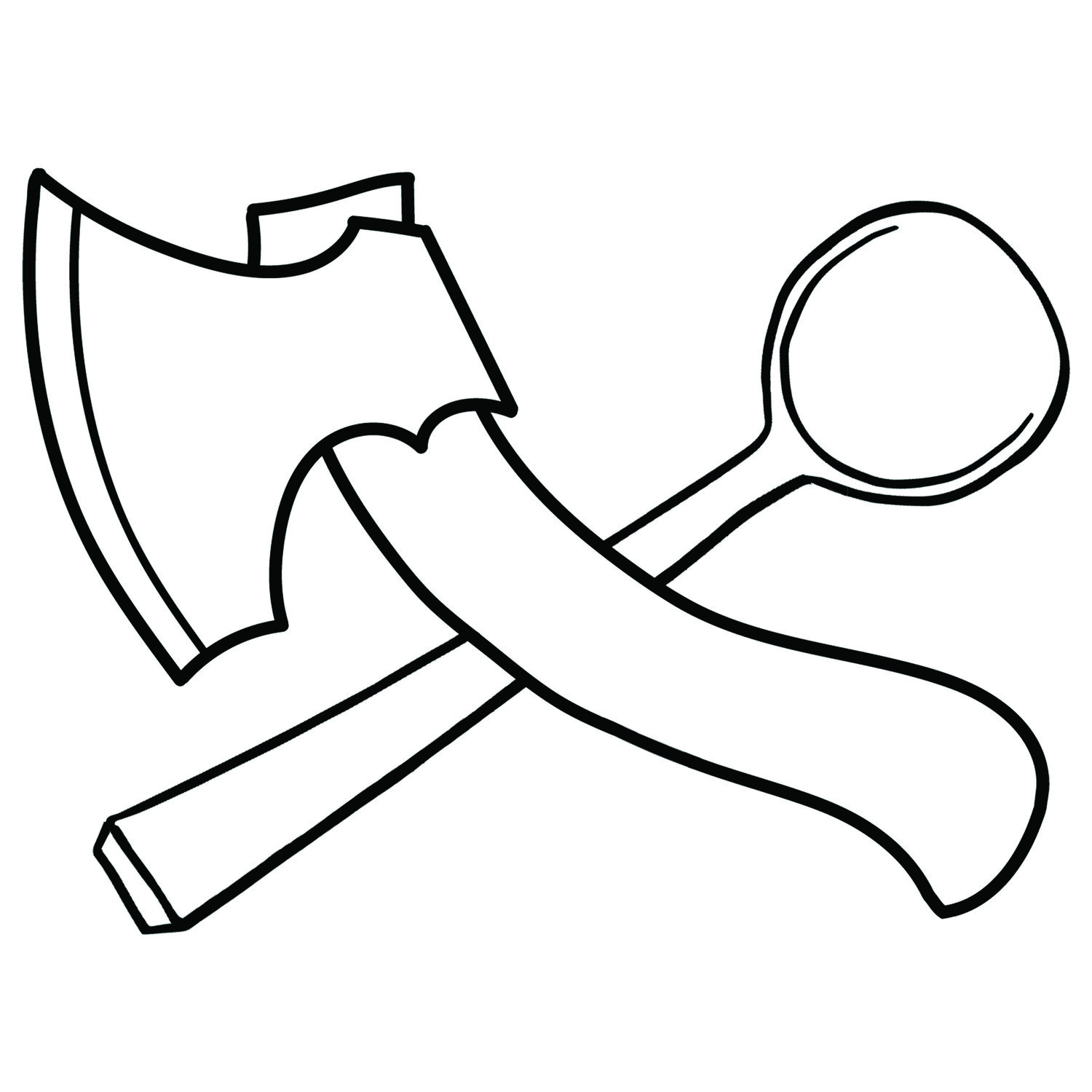Made for People or Made for Machines?
The Danger of Replicating Industrial Productions
My carved butter knives have a wide variety of shapes and sizes. And there still exists a huge range of designs I haven't tried. This week I started a batch of them, and carved them all to a shape I haven't tried before, but one that's probably quite familiar to you all.
I carved these to look like the table knives you probably have at home. My main motivation behind this was that the spreaders I've made in the past were more Scandinavian-style (smor kniv), and people at craft shows didn't really know what they were. So I thought I'd make some they're more likely to recognise.
However this got me thinking about a line I read in Bill Coperthwaite's book 'A Handmade Life'
"For instance, machines can be used to create any form of chair we like, but commercial interests can make more chairs (and more money) if the simplest design for the machines is chosen for production"
The butter knives most of us have at home are likely to be mass produced, and I don't know if the shape and design of them has been influenced by what is easiest for the industry to produce. I suppose then, what I should do is create a series of different shapes and test to see what shape actually works best.
The downside I've found to offering people designs that vary from the norm is that the general public often don't recognise them for what they are. At the craft fairs I've sold at in Wisconsin many people have asked about the butter spreaders, wondering what they are, and what they can be used for. As someone looking to sell their work, having to explain the function of an item will probably result in fewer sales. But does that mean I should offer less well-designed products, just because that's what people are used to?

